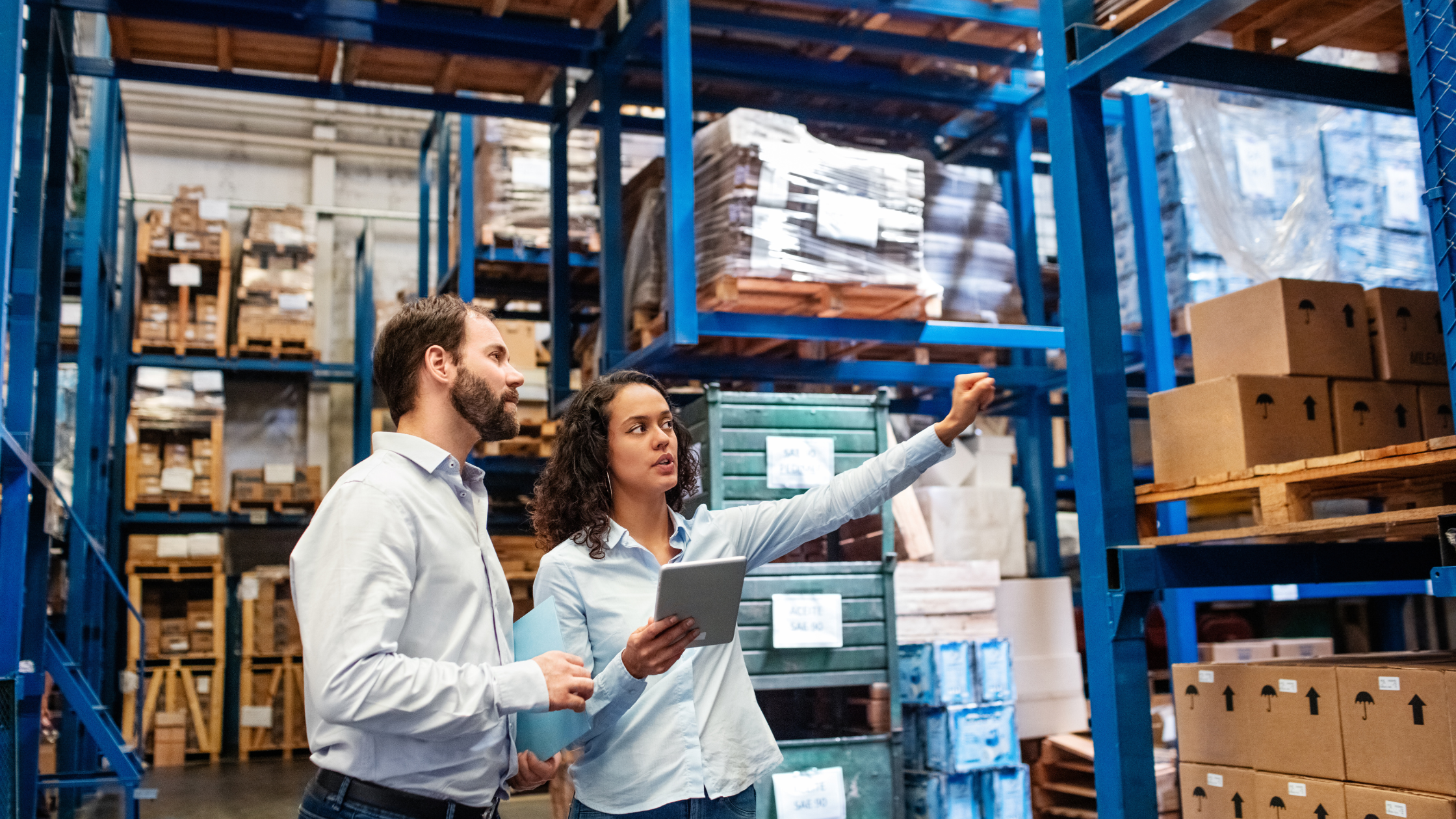- News & Blog
- Factors That Influence Storage Costs
Factors That Influence Storage Costs
In the healthcare logistics industry, understanding the factors that influence storage costs is crucial for effective cost management and operational efficiency. At BioTouch Global, we are committed to providing high-quality storage solutions while helping our clients optimize their expenses. In this blog post, we will explore the key factors that affect storage costs and how businesses can manage these costs effectively.
1. Storage Space Requirements
The amount of space required to store products significantly impacts storage costs. Factors such as the volume and size of the inventory, as well as the need for specialized storage conditions, play a crucial role.
- Volume and Size: Larger and bulkier items take up more space, leading to higher storage costs. Efficient space utilization through strategic layout and storage solutions can help mitigate these costs.
- Specialized Storage: Products that require temperature-controlled environments or specific storage conditions, such as pharmaceuticals and diagnostic kits, may incur higher costs due to the need for specialized facilities.
2. Inventory Turnover Rate
The rate at which inventory is cycled through the storage facility affects costs. Higher turnover rates generally lead to lower storage costs per unit, as products spend less time in storage.
- High Turnover: Products with high turnover rates are stored for shorter periods, reducing overall storage costs. Efficient inventory management practices can help maintain optimal turnover rates.
- Low Turnover: Items with low turnover rates or seasonal products that remain in storage for extended periods can increase storage costs. Implementing demand forecasting and inventory optimization strategies can help manage these costs.
3. Handling and Labor Costs
The complexity of handling and labor requirements for stored products also influences storage costs. Products that require special handling or extensive labor for picking, packing, and shipping can drive up expenses.
- Special Handling: Fragile or hazardous materials may require additional handling procedures and safety measures, increasing labor costs.
- Labor Intensity: Products that require extensive manual labor for handling and processing can result in higher storage costs. Automating certain processes can help reduce labor expenses.
4. Storage Facility Location
The location of the storage facility can have a significant impact on storage costs. Facilities located in areas with higher real estate prices or higher demand for storage space tend to have higher costs.
- Urban vs. Rural: Storage facilities in urban areas typically have higher rental or leasing costs compared to those in rural locations. However, urban locations may offer advantages in terms of proximity to transportation hubs and markets.
- Proximity to Customers: Facilities located closer to major markets or distribution centers can reduce transportation costs and delivery times, providing overall cost savings.
5. Security and Insurance
The level of security and insurance required for stored products also affects storage costs. High-value or sensitive items may necessitate enhanced security measures and higher insurance premiums.
- Security Measures: Implementing robust security systems, such as surveillance cameras, access control, and alarm systems, can increase storage costs but are essential for protecting valuable inventory.
- Insurance Costs: Higher insurance premiums for valuable or sensitive products can add to storage expenses. Ensuring proper risk management and insurance coverage is crucial for mitigating potential losses.
6. Regulatory Compliance
Compliance with industry regulations and standards, such as ISO 13485 for medical devices, can influence storage costs. Adhering to these regulations often requires additional investments in infrastructure, equipment, and processes.
- Quality Management Systems: Implementing and maintaining quality management systems to comply with regulatory requirements can incur additional costs.
- Regular Audits and Inspections: Costs associated with regular audits, inspections, and certifications to ensure compliance with regulatory standards.
How BioTouch Global Helps Manage Storage Costs
At BioTouch Global, we understand the complexities of storage cost management in the healthcare sector. Our comprehensive logistics solutions are designed to help clients optimize their storage expenses while maintaining high standards of quality and efficiency.
- Customized Solutions: We provide tailored storage solutions that meet the specific needs of our clients, optimizing space utilization and minimizing costs.
- Advanced Technology: Our state-of-the-art inventory management systems and automated processes enhance efficiency and reduce labor costs.
- Strategic Locations: Our strategically located facilities ensure optimal proximity to transportation hubs and markets, reducing overall logistics costs.
- Regulatory Expertise: Our ISO 13485 certified facilities and regulatory expertise ensure compliance with industry standards, minimizing the risk of non-compliance costs.
Conclusion
Understanding the factors that influence storage costs is essential for effective cost management in the healthcare logistics industry. By considering factors such as storage space requirements, inventory turnover rates, handling and labor costs, facility location, security and insurance, and regulatory compliance, businesses can optimize their storage expenses. At BioTouch Global, we are committed to providing high-quality storage solutions that help our clients manage costs while maintaining the highest standards of service and compliance.
